How to Create a Personal Development Plan That Works
Learn how to craft a personal development plan that nurtures your professional growth and career advancement.

Creating a personal development plan is a strategic way to plot out your professional growth and future career trajectory. By proactively shaping your own development, you not only take charge of your career but also open doors to new opportunities and advancements. Here's a guide to building a personal development plan that genuinely works for you.
Understand Your Career Objectives
Before diving into the mechanics of your plan, take the time to reflect on your long-term career objectives. What position or level do you aspire to reach? Are there specific skills or areas of expertise you want to develop? Understanding your ultimate goals lays the groundwork for a targeted and purposeful plan.
Self-Assessment
Gaining self-awareness is pivotal. Assess your strengths, weaknesses, work values, and passions. A SWOT analysis (Strengths, Weaknesses, Opportunities, Threats) can provide a structured approach to this introspection. Tools like personality tests and feedback from colleagues can also offer invaluable insights into areas necessitating growth.
Career Mapping
With your career objectives in hand and a clear understanding of your current competences, start mapping out a career path. Identify milestones and what competencies are needed at each stage. Consider lateral moves that could provide valuable experience or stepping stones necessary for upward mobility.
Skill Gap Analysis
Compare the skills required for your ideal career path with your current skill set to identify gaps. Prioritize learning and development activities that will address these gaps. This might include formal education, certifications, workshops, or even on-the-job learning.
Setting Milestones
Break your objectives into manageable milestones with realistic timelines. SMART (Specific, Measurable, Achievable, Relevant, Time-bound) goals can serve as an excellent framework here. They keep you focused on trackable achievements and help to maintain motivation.
Learning Opportunities
Explore various learning opportunities that align with your career objectives. This could range from online courses and webinars to mentorship and networking. Remember, learning can also come from volunteer work, side projects, or even hobbies that enhance relevant skills.
Feedback and Reflection
Regularly seek feedback from managers, mentors, or peers on your progress. Reflecting on feedback and your own experiences helps fine-tune your development plan and ensures it remains aligned with your objectives and the evolving professional landscape.
Accountability
Stay accountable to your personal development plan by regularly reviewing and updating it. Share your goals with someone you trust to help keep you on track. This could be a mentor, coach, or accountability group.
Flexibility
While it is important to have a structured plan, be prepared to adapt as circumstances change. New roles, technologies, or personal circumstances can shift priorities, so flexibility is key to ensuring your development remains relevant and effective.
Consistency
Finally, consistency in your development efforts is crucial. Regularly investing in your personal and professional growth—even in small ways—can lead to significant over time progress.
Creating a personal development plan is not a one-off task but a continuous process. By following these steps, you can construct a roadmap that not only guides you towards your professional goals but also enriches your career journey.
Frequently Asked Questions
1. Why is a personal development plan important?
A personal development plan is essential for individuals who want to take control of their career growth and advancement. It helps in setting clear goals, identifying strengths and weaknesses, and creating a roadmap for continuous improvement.
2. How do I start creating a personal development plan?
Start by understanding your career objectives and conducting a self-assessment to identify areas for improvement. Map out your career path, analyze skill gaps, set milestones, and seek learning opportunities that align with your goals.
3. What should be included in a personal development plan?
A personal development plan should include your career objectives, self-assessment results, a career mapping outline, skill gap analysis, milestones with timelines, learning opportunities, feedback mechanisms, accountability measures, flexibility for adaptation, and a consistency strategy.
4. How often should I review and update my personal development plan?
Regularly review and update your personal development plan to ensure it remains aligned with your goals and the evolving professional landscape. Quarterly or bi-annual reviews are recommended to track progress and make necessary adjustments.
5. Can a personal development plan benefit my career?
Yes, a well-structured personal development plan can significantly benefit your career. It can help you focus on skill development, career advancement, and personal growth, leading to increased job satisfaction, better opportunities, and overall professional success.
Further Resources
To further enhance your understanding of personal development planning and its implementation, here are some valuable resources:
- Books:
- Online Courses:
- Professional Development Platforms:
- Career Coaching Services:
- Podcasts:
- Blogs and Articles:
- Networking Events:
These resources cover a wide range of formats, from traditional books to podcasts and online courses, to support you in creating and executing a successful personal development plan. Continuously updating your knowledge and skills through these resources can propel your professional growth and career success.

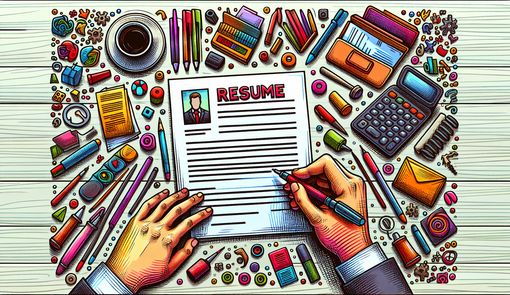 Resume and Cover Letter Writing
Resume and Cover Letter Writing Interview Preparation
Interview Preparation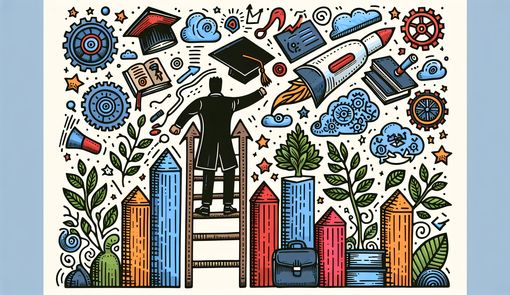 Career Development
Career Development Networking and Personal Branding
Networking and Personal Branding Workplace Skills
Workplace Skills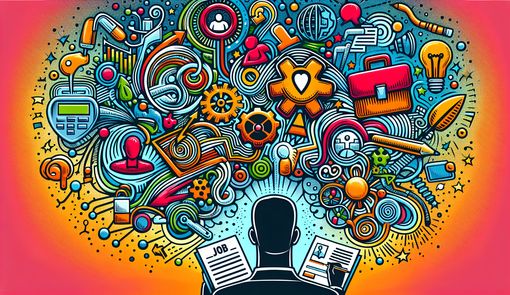 Job Search Strategies
Job Search Strategies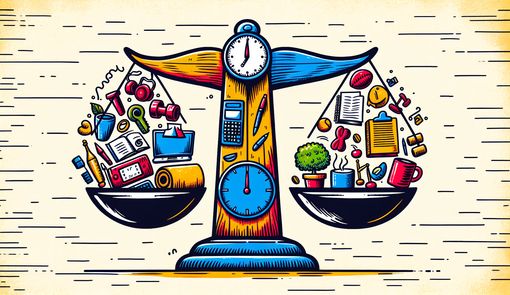 Work-Life Balance
Work-Life Balance Salary Negotiation
Salary Negotiation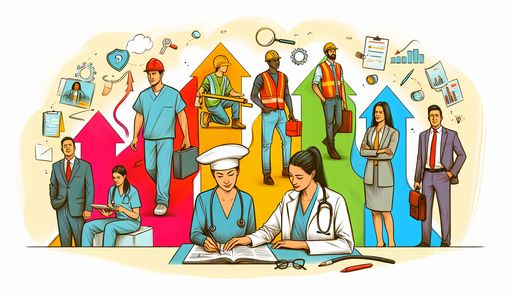 Career Transitions
Career Transitions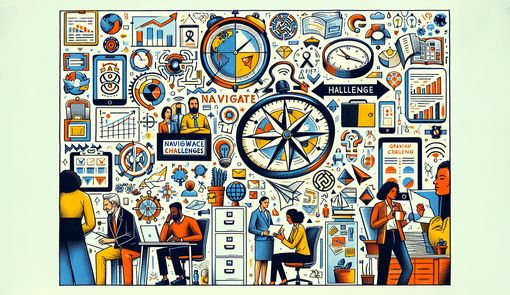 Navigating Workplace Challenges
Navigating Workplace Challenges Professional Growth
Professional Growth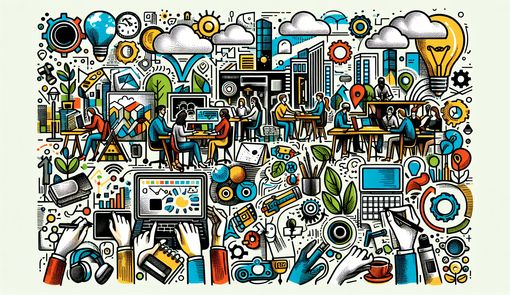 Trends in the Workplace
Trends in the Workplace